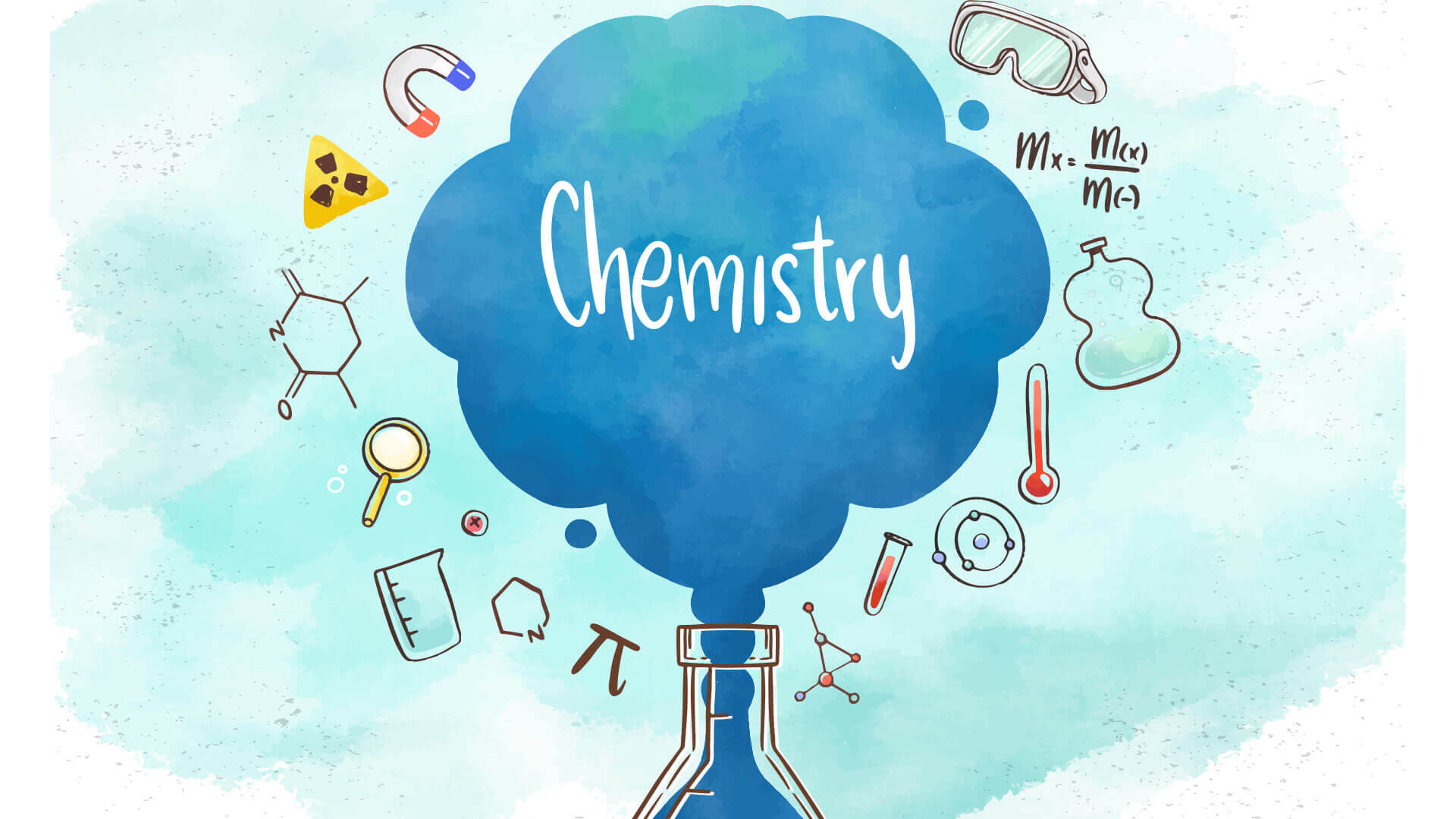Chemistry,Grade 12th,University Preparation (SCH4U)


-
Name:Chemistry,Grade 12th,University Preparation (SCH4U)
-
Grade:Grade 12th
-
Prereq:Chemistry,Grade 11th,University Preparation (SCH3U)
-
Code:SCH4U
-
Type:University Preparation
-
Credit Value:1
-
Develop Date:2021-03-01
-
Course Price:CAD $1300
-
Status:Active
Course Description:
This course provides students concerning the Nelson’s University Preparations book, the matter will be studied in terms of organic compounds and organic chemical reactions, and the use of various methods to represent the compounds. Furthermore, the molecular shapes and physical properties of various types of matter will be investigated, in addition to, the technologies and chemical processes that are based on energy changes and rates of reactions will be analyzed. Chemical equilibrium processes will also be analyzed, along with the qualitative and quantitative nature of chemical systems at equilibrium will be investigated. Finally, Oxidation–reduction reactions used in a galvanic cell will be investigated.
Aims and Objectives:
- Describe some impacts of organic compounds on human health, society, and the environment.
- Use appropriate terminology, including IUPAC nomenclature, to describe organic compounds and their reactions.
- Safely perform laboratory investigations involving organic compounds.
- Create molecular models to represent simple organic compounds and their reactions.
- Compare the structural formulas and properties of different classes of organic compounds.
- Explain the changes that occur during various organic chemical reactions and predict the products of those reactions.
- Explain the concept of isomerism and relate variations in the properties of isomers to their structural formulas.
- Describe atomic structure and theory, including key experiments.
- Understand the basics of quantum mechanics, the wave model, quantum numbers, and electron configuration.
- Explain energy levels, subshells, orbitals, and electron spin.
- Use the Aufbau principle, the Pauli exclusion principle, and Hund’s rule to write electron configurations for elements.
- Explain how the arrangement of elements in the periodic table is directly related to their electron configurations.
- Compare characteristic properties of elements.
- Apply atomic theories to help explain methods in analytical chemistry and medical diagnosis and assess the impact of such technologies.
- Compare the energy changes of different substances, perform calorimetry calculations, and describe the relationship between reactions using enthalpy terms.
- Represent thermochemical equations using different methods and determine whether a reaction is exothermic or endothermic.
- Calculate and use bond energies to estimate the enthalpy change of a reaction.
- Define and solve problems using Hess’s law.
- Write formation reactions and calculate enthalpy changes using standard enthalpy of formation values.
- Describe current and future energy sources and explain their advantages and disadvantages.
- Understand the terms “reduction” and “oxidation”.
- Determine the oxidation number of an atom in a compound or ion.
- Identify and manipulate reduction and oxidation reactions.
- Identify reducing and oxidizing agents.
- Balance redox equations using oxidation numbers and half-reaction equations.
- Predict spontaneity of redox reactions using tables of oxidizing and reducing agents.
- Analyze the health and safety issues of processes that involve redox reactions.
Expectations:
- Chemistry of Organic compounds
Throughout this course, students will:
- Demonstration and understanding about Saturated Hydrocarbons, Structural Isomerism, Properties of Alkanes, Reactions of Alkanes and Alkyl Halides.
- Demonstration and understanding about Unsaturated Hydrocarbons, Cis–Trans Isomerism, Stereoisomers, Reactions of Alkenes and Alkynes and Alkyl Halides.
- Demonstration and understanding about Reactions of Aromatic Compounds, Properties of Aromatic Hydrocarbons, Properties of Alcohol, Reactions Involving Alcohol and Introduction to Ethers and thiols.
- Demonstration and understanding about The Carbonyl Group, Properties of Aldehydes and Ketones, Reactions Involving Aldehydes and Ketones and Hydrogenation of Aldehydes and Ketones.
- Demonstration and understanding about Properties of Carboxylic Acids, Properties of Esters and Formation of Esters: Esterification, Reaction of Esters: Hydrolysis, Fats and Oils, Saponification and Structure and Properties of Fats and oils.
- Matter - Structure and Properties
By the end of this course, students will:
- Demonstration and understanding about Early Developments in Atomic Structure, Discovering the Electron, Exploring Radioactivity, Rutherford’s Model of the Atom, Atoms and Isotopes, Radioisotope, The Nature of Matter and Energy, Maxwell’s theory, Hertz’s experiments, Planck’s Quantum Hypothesis and Photons.
- Demonstration and understanding about Limits of the Rutherford Model of the Atom, Atomic Spectra, The Atomic Spectrum of the Hydrogen Atom, Continuous Spectrum, The Atomic Spectrum of the Hydrogen Atom.
- Demonstration and understanding about The Four Quantum Numbers, Shapes and Orientations of Orbitals, The Pauli Exclusion Principle, Atomic Structure and the Periodic Table, The Periodic Table, Multi-electronic Atoms, The Aufbau Principle, Hund’s rule and Magnetism.
- Demonstration and understanding about Applications of Quantum Theory, Laser Technology, Bose–Einstein Condensate: Another State of Matter, Quantum Analysis and diagnostic Technologies and The Tiny World of Nanotechnology.
- Demonstration and understanding about Ionic Compounds and Ionic Bonding, Molecular Elements and Compounds, and Covalent Bonding, Lewis Theory of Bonding, Exceptions to the Octet Rule and Coordinate Covalent Bonding.
- Changes of Energy in Chemical Reactions and Their Rates
By the end of this course, students will:
- Demonstration and understanding about The Nature of Energy, Thermal Energy, Heat, and Temperature, Law of Conservation of Energy, Endothermic and Exothermic Reactions and Nuclear Energy.
- Demonstration and understanding about, Heat Capacity, Calorimetry and Thermal Energy Transfer, Enthalpy Change, Molar Enthalpy Change and Nuclear Energy.
- Demonstration and understanding about Multiple Bonds and Bond Energies, Enthalpy and Bond Energies, Hess’s Law, Enthalpy Change and Hess’s Law and Rules for Enthalpy Changes.
- Demonstration and understanding about, Production of sulfur trioxide, Standard Enthalpy of Formation, enthalpy of combustion, Present and Future Energy Sources, Nuclear Energy, Alternative Energy Source and Wind Technology.
- Demonstration and understanding of Average reaction rate, Instantaneous reaction rate, Slope and Instantaneous Rate, and Stoichiometric Rate Relationships.
- Equilibrium and systems in Chemistry
Throughout this course, students will:
- Demonstration and understanding of Chemical Equilibrium, The equilibrium conditions, Forward and Reverse Reactions and Stoichiometry and Chemical Equilibria.
- Demonstration and understanding about Equilibrium Constant and Reaction Rate, Heterogeneous Equilibria, Equilibrium Expressions for Heterogeneous Equilibria, The Magnitude of the Equilibrium Constant, K and Fritz Haber: explore an equilibrium, Feed the World.
- Demonstration and understanding about Le Chatelier’s Principle, Le Châtelier’s Principle and Changes in Concentration, Collision Theory and Concentration Changes in an Equilibrium System, Le Châtelier’s Principle and Changes in Energy, Le Châtelier’s Principle and Changes in Gas Volume and Inert Gas.
- Demonstration and understanding about Restoring Equilibrium, The Reaction Quotient (Q) and Relation of Q and k.
- Demonstration and understanding about Solubility Equilibria of Ionic Compounds, The Solubility Product Constant (Ksp), Solubility and the Solubility Product Constant and the Common Ion Effect.
- Electrochemistry
Throughout this course, students will:
- Demonstration and understanding about Redox Reaction, Half-Reaction Equations, Oxidation Numbers, Oxidation Numbers in Redox Reactions and oxidizing Agents and Reducing Agents.
- Demonstration and understanding about: The Oxidation Numbers Method, A Redox Reaction Involving Compounds, A Redox Reaction in an Acidic Solution, A Redox Reaction in a Basic Solution; and The Half-Reactions Method.
- Demonstration and understanding about Relative Strengths of Oxidizing and Reducing Agents and An Expanded Table of Oxidizing and Reducing Agents.
- Demonstration and understanding about Transforming Chemical Energy into Electrical Energy, The Role of The Salt Bridge, Characteristics of a Galvanic Cell, Galvanic Cells with Inert Electrodes, Line Notation and Galvanic Cells, Standard Reduction Potentials, Cell Potential, Standard Cells and Standard Cell Potentials, Deor (cell) and Spontaneity and A Water Analogy for a Galvanic Cell.
- Demonstration and understanding about The Arrangement of Cells in Batteries, Primary and Secondary Cells, Alkaline Dry Cells, Lead Storage Batteries, Lithium-Ion Cells and Batteries, Fuel Cell and Cold Fusion.
Unit-wise Progression:
|
Unit
|
Title and Subtopics |
|
Unit 1 |
Chemistry of Organic Compounds
-Hours: 20 |
|
Unit 2 |
Matter - Structure and Properties
- Hours:21 |
|
Unit 3 |
Changes of Energy in Chemical Reactions and Their Rates
- Hours: 20 |
|
Mid-Term - Hours: 2 |
|
|
Unit 4 |
Equilibrium and systems in Chemistry
- Hours: 20 |
|
Unit 5 |
Electrochemistry
- Hours: 19 |
|
Culminating Activity – 5Hours |
|
|
Final Term – 3Hours |
|
|
Total –Hours 110 |
|
Teaching/Learning Methodologies:
The students are provided with almost all the material they would need to learn. The students will be provided with the whole resource of the course. The textbook will be attached with the course; the students will be able to download extra reading packs according to the lessons for the deep understanding of the concerned lesson. This course has almost all the things included for the learning of the students/learners as well as for the entertainment. This course includes the activities in the form of cumulative activities, moreover as the course would start the student will be given a specific lab access for every topic, which they need about. The students will be able to solve the scientific problems by applying the acquired knowledge from this course. The assessments for every unit, the assessment of every lesson will be checked and reports will be designed. The students will be given the full time access to ask the questions to the teacher about the lessons. Proper lectures for every lesson will be conducted. The student will have to give the reflection feedback for the previous lecture and then the teacher will start the next lecture. The student will be able to ask queries about the lesson at the end of the lecture
- Lesson plans
- PowerPoint presentations
- Videos
- Reading Packs
- Assignment for Learning
- Assessment of Learning
- Quiz
All of these are a cluster of downloadable and embedded files that will be provided to each candidate with the progression of the course.
E-Learning Approach:
E-learning is not only a training method but it is a learning method that is tailored to individuals. It is found that different terminologies have been used to define learning that takes place online which actually makes difficult to develop a generic definition.
E-learning includes the delivery of content via Internet, Intranet, and Extranet, satellite broadcast, audio-video tape, interactive TV and CD-ROM. The term implies that the learner is at a distance from the tutor or instructor, that the learner uses some form of technology.
With attention to this new system of education that is spreading across the globe it’s imperative that the content of such study programs are enhanced and modified to serve both the learner and the instructor well whilst dealing with the gap of conventional studying methodologies. Thus the courses promise its reader an experience full of engagement, student-concentric approach, personalization and Interaction. Using a wide array of multimedia tools, cloud based LMS and diverse repository of subject tailored audio-visual material that student can utilize and learn in a stimulated work environment where he’s in charge of his work hours.
Our e-learners paddle through these courses in the mediation of skilled mentors to the finish line with understanding of their subject’s application into real world problems following a futuristic model of education.
Strategies for Assessment and Evaluation of Student Performance:
Assessment is the ongoing gathering of information related to the individual student’s progress in achieving the curriculum expectations of the course. To guide the student to his/her optimum level of achievement, the teacher provides consistent and detailed feedback and guidance leading to improvement. Strategies may include:
- Diagnostic assessment
- Formative assessment
- Summative assessment
- Performance assessment
- Portfolio assessment
- Rubrics
- Checklists
The final grade will be based on:
|
Weightage in Percentage
|
Categorical Marking Breakdown |
|
40% |
Course Work |
|
15% |
Mid Term |
|
15% |
Culminating Activity |
|
30% |
Final Exam |
|
Assessment of Learning
|
||
|
Student Product |
Observation |
Conversation |
|
Learning Logs (anecdotal) Assignment Pre-tests (scale/rubric) Quizzes (scale/rubric) Rough drafts (rubric) Graphic organizers (scale) Peer feedback (anecdotal/checklist) Reports (rubric) Essays (rubric) Webbing/Mapping (rubric/scale) Vocabulary notebooks (anecdotal) Visual Thinking Networks (rubric) Tests (scale/rubric) Exams
|
Self-proofreading (checklist) Class discussions (anecdotal) Debate (rubric) PowerPoint presentations (rubric) Performance tasks (anecdotal/scale)
|
Student teacher conferences (checklist) Debate (rubric) Peer-feedback (anecdotal) Peer-editing (anecdotal) Oral pre-tests (scale/rubric) Oral quizzes (scale/rubric) Oral tests (scale/rubric) Question and Answer Session (checklist) Online laboratory access for the concerned lessons(checklists)
|
Resources Required by the Student:
- Microsoft Suite (Word, Excel, Power-point etc.)
- A laptop, or Mac, or Android, or any other operating system functional enough to use the web browser and use online software.
- Curriculum Reference:The Ontario Curriculum, Sciences







